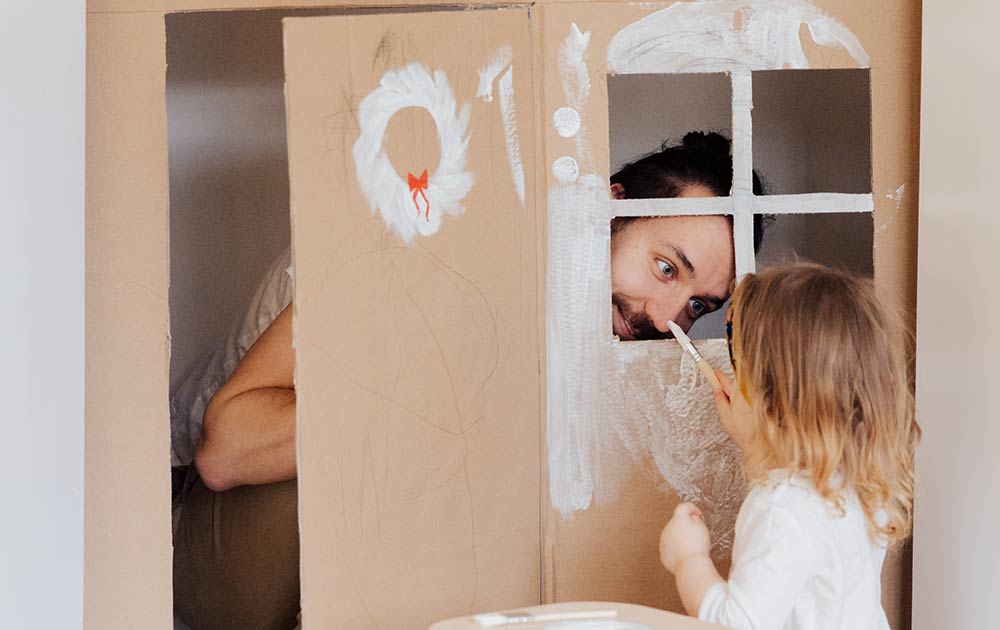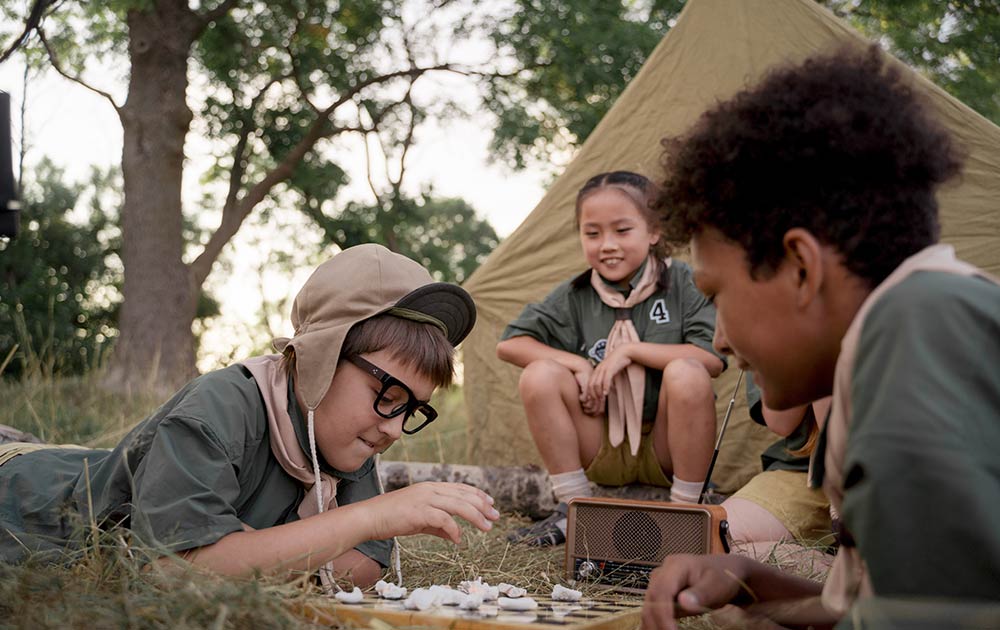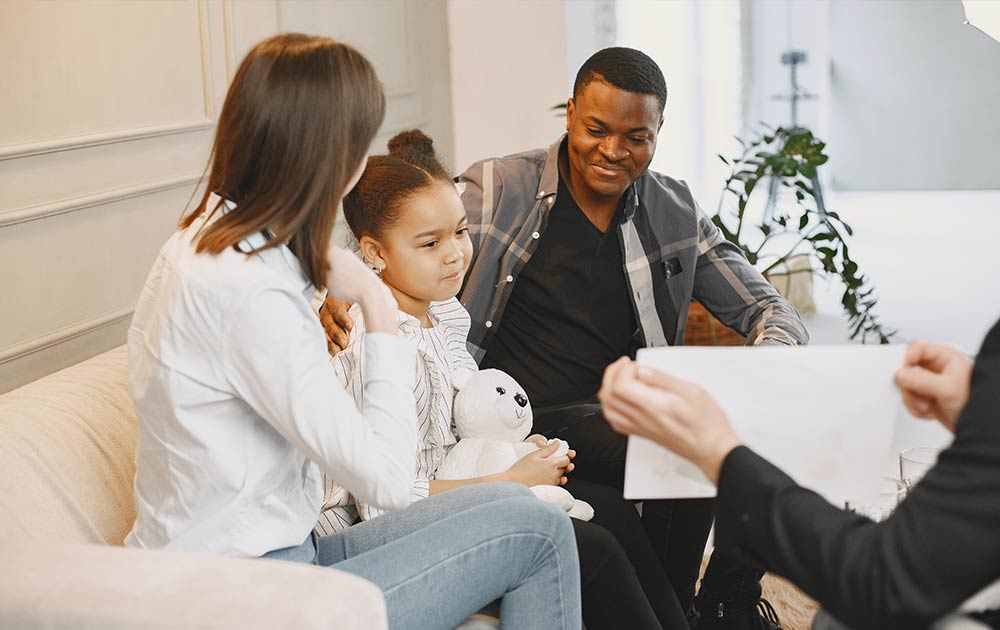
06 Jun June Is PTSD Awareness Month: How To Help A Child Cope With Trauma
Children experience minor stressors all the time – a new school, missing a friend who’s moved away, or repeated arguments with a sibling. These are examples of everyday, commonplace stressors that don’t have a lasting or ongoing impact on a child’s mental health.
However, an event that causes post traumatic stress disorder (PTSD) is profoundly different. These are events like abuse, illness, parental discord, death, and other life-altering incidents. When these things happen in a child’s life, caregivers must react and respond immediately so their child can cope and ultimately overcome PTSD before it becomes chronic.
June is National PTSD Awareness Month. And so, in this post, we offer suggestions for parents who are struggling to help their child cope with PTSD. We also offer tips for supporting anyone with PTSD and the ways you can help increase awareness of this problem.

The History of PTSD Awareness Month:
The recognition of PTSD as a mental health issue dates back centuries. It was first mentioned in the writings of Hippocrates in 50 B.C. Over the past century or so, it has been called many things by experts treating veterans – shell shock, for example, was the term used for soldiers returning from the First World War. Today PTSD is a recognized disorder that goes far beyond the battlefield. The term is applied by mental health professionals who treat individuals dealing with trauma of many kinds. Initially, June 27th was designated by the U.S. Senate in 2010 as a National Awareness Day. Awareness Day became Awareness Month in 2014.
How to support National PTSD Awareness Month:
1) Get involved by organizing events.
If there is an organization in your community that supports those with PTSD, volunteer during June. Bring in a speaker who has expertise on the issue. Help raise funds for the charity. Do anything you can to help the organization promote awareness and raise the issue’s profile in your city or town.
2)Post support on social media.
PTSD Awareness Month is represented by the color teal. Take pictures wearing a teal ribbon, or t-shirt, and post them to social media with an appropriate hashtag. Letting others know you support this cause is a great way to raise awareness.

How To Help Your Child Cope With PTSD:
Any parent, nanny, or other caregivers who are helping a child with PTSD knows it doesn’t go away, or even subside, overnight.
That means the child must be supported in an ongoing way, without parents expecting that the trauma will simply pass, or heal itself. How can you offer constructive, true support? In the following ways.
1) Be willing to talk openly and without judgment.
Let’s use the example of a child who’s traumatized after relentless online bullying. Their self-esteem is likely shattered, their school work may suffer greatly, and other symptoms of PTSD will be evident. They may try to isolate themselves from family and friends. It’s vital that parents don’t criticize them or engage in victim blaming. Asking why they engaged with the bully in the first place implies they are somehow responsible. In any instance like this, parents must be the child’s advocate all the way. Be there to talk about the situation whenever they need to. Conversely, don’t force them to relive it if they aren’t ready. Knowing when and how to ask for information from your child is vital. This brings us to our next point – a qualified child therapist who specializes in trauma treatment may be the solution for helping your child through PTSD.

2) Choose the right counselor or therapist.
When a child is suffering from PTSD, parental support is crucial, of course, but it often is not enough. A deeply traumatizing event usually requires the skills of a therapist to deal with it. They can equip your child with the tools and skills they need to overcome PTSD. They can also teach them how to avoid triggers, and how to handle them if they do arise. Do research, talk to a variety of child psychologists and other specialists, and let your child find the person who is right for them. Talk therapy can help, and for a younger child so can art and music therapy.
3) Tell others what your child has endured.
It’s important that those people who interact with your child know they are experiencing PTSD, without necessarily compromising their privacy. That includes their doctor or pediatrician, their teacher and principal, and family members. If your child is old enough, they may prefer to tell people themselves. If your teen has experienced an assault, for example, they may decide who they want to inform and who they don’t. Encourage them to tell the authorities, if the event warrants that, but don’t force them to take action until they are ready.
4) Give them extra time and attention.
While your child is dealing with the trauma, they may want more of your attention than usual. They may become clingy, weepy, or angry – their mood will change and so will their needs. It’s important that parents “roll with” their child’s changes, and are there, all the time, if necessary, while they are in the initial phases of recovery.

And our hope is that they will recover. Children of all ages are resilient, perhaps more resilient than parents realize. They need their parents by their side, emotionally, while they learn how to cope with and process the traumatic experience they’ve endured. Parents can take heart in knowing that, if their child is given the right tools –a good therapist, lots of attention, and love – they can learn the right tools to move forward from PTSD to live a happy, healthy, and productive life.